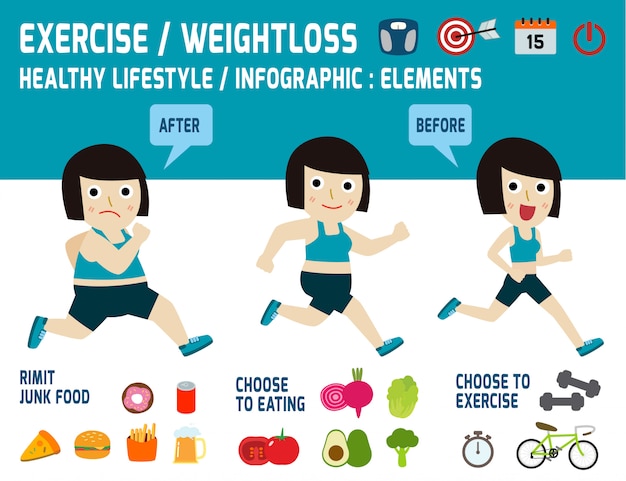Blue Cross Coverage Cold Laser Therapy Guide
Blue Cross Coverage Cold Laser Therapy Guide
Blog Article
What to Anticipate Throughout a Cold Laser Technique Session
Cold laser treatment is a non-invasive, pain-free treatment that helps in reducing inflammation and enhances cell regeneration. It is a secure alternative to intrusive procedures and commonly has immediate outcomes.
Laser photons start a chain reaction of chain reactions within the cell that lower pain, swelling, and increase recovery. It increases blood flow to the area by inducing vasodilation.
What to Anticipate
Cold laser treatment is a non-invasive treatment that makes use of low-level laser light to permeate deep into damaged tissues, causing cell feature on several degrees to promote tissue recovery. This helps reduce discomfort and inflammation, while promoting contraction and regeneration.
Throughout a session, you'll sit or rest comfortably and the professional will note the locations on your body that requirement to be treated. The expert then uses a little handheld gadget with the laser to the location. During the therapy, you might feel a minor tingling or warmth in the location of your injury.
Before beginning therapy, it is essential to cleanse the area of your injury and eliminate any kind of jewelry or other things that could obstruct of the laser's course. It's also important to stay clear of any flammable products that could be in the location of the laser beam. This will guarantee your safety and the effectiveness of the therapy.
Prep work
Cold laser therapy works by shining light on the surface of your skin. The light is absorbed by the top layer of your skin and then stimulates the cells to generate power that advertises healing.
During the treatment, you might feel a warm or tingling experience in the location that is being dealt with. This is totally normal, though you should allow the expert recognize if the feeling is unpleasant or too solid.
This therapy has a lot of promise for aiding people with distressing brain injury (TBI). The treatment is non-invasive and does not have any kind of unfavorable side effects. However, even more research study is needed to determine the optimum therapy protocol. The best means to learn if you are a candidate for this type of treatment is to talk to a skilled physical therapist. They will certainly have the ability to assist you determine if cool laser therapy is right for you.
The Treatment
As soon as the specialist has effectively positioned you for treatment, they will certainly then place the chilly laser device on the damaged area. They may maintain it on for 30 secs or longer, depending upon the dimension of the injury and its level of sensitivity. They will make use of protective safety glasses to make certain that the laser does not straight hit the eyes, and they will certainly ensure that you are shielded from any type of glare that might occur.
You might feel a mild tingling experience on the area that is being treated, however it will certainly not be unpleasant or unpleasant. This is an indication that the laser is working to promote the recovery process in the impacted tissue.
Most patients experience discomfort alleviation within a couple of sessions, with some seeing enduring laser treatments n results even after several months of treatments. It is important to note that LLLT is not suggested as a single therapy for any kind of persistent discomfort condition and it should be coupled with various other healing methods in order to accomplish maximum outcomes.
Post-Treatment
After you relax or rest, the specialist will make use of a stick with a collection of light-emitting diodes to target your pain site. You will certainly use protective eye goggles, and the laser might be held on your skin for 30 to 60 seconds. You might really feel a gentle, soothing sensation throughout the therapy.
The photons from the laser permeate deep into your cells, setting off a healing action on a cellular level. Unlike various other types of laser treatment, this low-intensity technique does not create warmth.
Some researches have actually shown that chilly laser treatment works in treating a number of problems, including chronic discomfort and wounds. However, it is much less commonly accepted as a typical clinical practice, and it isn't covered by several medical insurance plans. Additionally, it is not advised to be utilized over any dubious cancerous lesions or cancers or on pregnant females. You ought to always talk to your oncologist before seeking this type of treatment.